The Craiglee Story –
a site to savour
A rich history
In 1863, James Stewart Johnston, a prominent Melbourne businessman and member of Parliament, first planted vines at Craiglee. He built an extraordinary bluestone winery into a steep slope near his home, utilising gravity to create an efficient system for making and storing wines. Grapes were brought to the upper level by horse and dray, taken below to be crushed and fermented and fed into barrels in the lowest level of the building, which offered perfect cellaring conditions year round.
Johnston made wines on the site for over a decade and planted a number of varieties, though his 1872 Hermitage (Shiraz) was his most notable wine, winning a number of international awards. His sons continued making wines at Craiglee into the 1920s, when changing economic circumstances and public taste forced a change of enterprise. The paddocks were turned over to lamb production, and the doors to the winery were shut.
Serendipity & determination
Fast forward fifty years, when Patrick Carmody, an ag science student, was working on his family farm on the site of the old Craiglee vineyard. In 1972, a number of Johnston’s 1872 Hermitage bottles were opened at a function in Melbourne. John Brown Sr. of Brown Brothers happened to be at the dinner, and was so impressed by the 100-year-old vintage that he decided to visit the Sunbury site to see if it still existed. He encountered young Pat at the farm and suggested he consider replanting on the site – there was something special about this place. Not just its history, but its terroir, which proved ideal for growing cool-climate wines.
At the same time, Pat noted growing challenges in the agriculture industry and a resurgence in viticulture. He saw potential in diversifying the land and became curious about growing grapes and he began to explore which varieties might suit the site. Shiraz seemed obvious given Johnston’s success, but he also looked to Chardonnay (a radical choice at the time) and other varieties. Pat planted vines on the original site in 1976 and processed his first wine three years later. From that point forward, he devoted himself to the task, going on to produce some of Australia’s finest wines which have seen ongoing success including Gold Medals at the Melbourne Wine Show and are ranked as ‘Excellent’ on the Langton’s Classification of Fine Wines.
Forty years on
Today, Pat continues to make wine from fruit grown, hand-picked and bottled at Craiglee, and is involved in every step of the process (alongside his wife Dianne and the constant companionship of their Border Collies, Bessie and Rowdy). The family-run winery prioritises sustainable practices, using the same bluestone winery that Johnston built 150+ years ago, as well as solar power, waste water and methods that protect soil structure, maintain carbon levels and benefit the surrounding environment.
For over 40 years, Pat’s approach to winemaking has been resolutely founded on a respect for the site’s history, a dedication to craft and a commitment to producing wines that reflect the terroir of Craiglee.
A few nice reviews –
‘I found an impressive common thread of freshness and delicacy. Carmody is clearly not scared of tannin… I gave [the 2012, 2013, 2014 and 2015 Shiraz] all unusually consistent scores and tasting notes.’
‘I can tell you the reserve bottling is much more than just an indulgence. It's a great Australian wine and something every serious shiraz lover should try.’
— Max Allen, AFR
‘Husband and wife Pat and Dianne Carmody’s first vintage on their Sunbury winery was in 1979, and they’ve produced a lot of shiraz, chardonnay, cabernet sauvignon and viognier since. Remaining a small and independent winery for over 40 years.’
‘The excellent shiraz produced at the picturesque old Craiglee estate on Melbourne’s north-western fringe is justifiably famous… It’s also one of Australia’s most age-worthy chardonnays, impressively taking on subtle complexities over the years while retaining lovely freshness.’
— Ralph Kyte-Powell, The Real Review




